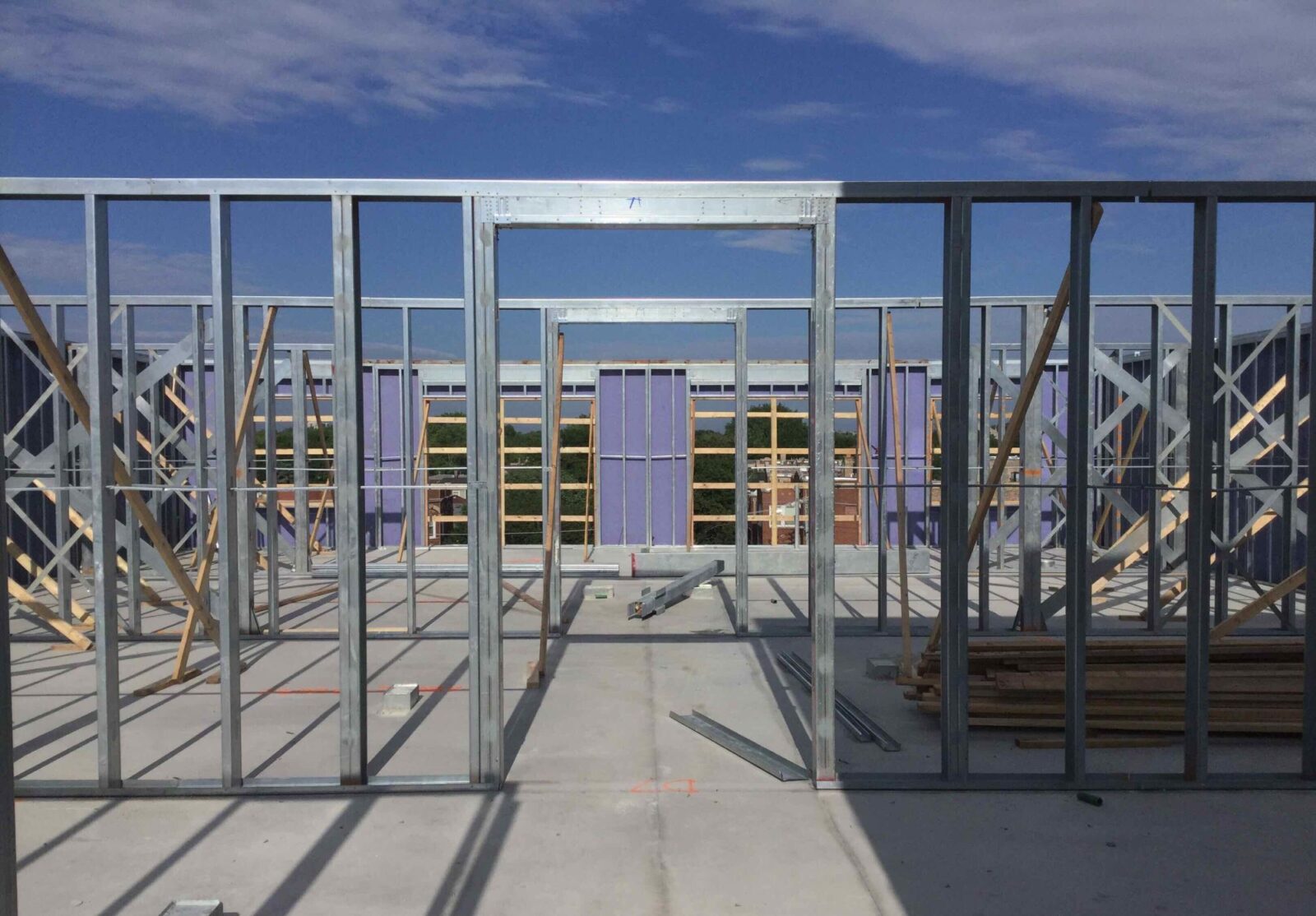

Structural Steel is hot rolled, much thicker, and considerably stronger and heavier.In general, light gauge will produce less waste, which is more environmentally friendly and cost-effective than wood alternatives. Due to their strength, light gauge steel also requires fewer studs because they can be placed further apart. These thin members are used to frame out walls, floors, and roof systems in much the same way as 2x wood studs. These light-framed steel members are similar to wood-framed construction in principle.
#COLD FORMED STEEL FRAMING VS STRUCTURAL STEEL SERIES#
“Cold-Formed” means the sections are shaped at room temperature by guiding the steel through a series of rollers. Cold-Formed Steel (CFS)-also called Light Gauge Steel or metal studs-is cold-formed into “C” or “Z” shaped members, capable of holding heavy loads.They are very different in both production and framing methods. When using steel framing, there are two main options to consider: Cold-Formed Steel and Structural Steel. Steel has an outstanding strength-to-weight ratio and flexes with force, which is why it’s frequently used for large construction projects like high-rise buildings. Today we are going to take a deep dive into what we mean when we say “Cold-Formed Steel”. The term “Steel” is one of those broad terms that gets thrown around a lot.

With lumber prices soaring, developers are looking for steel solutions. We’ve recently discussed cold-formed steel and how it can be utilized with Industrialized Construction.


 0 kommentar(er)
0 kommentar(er)
